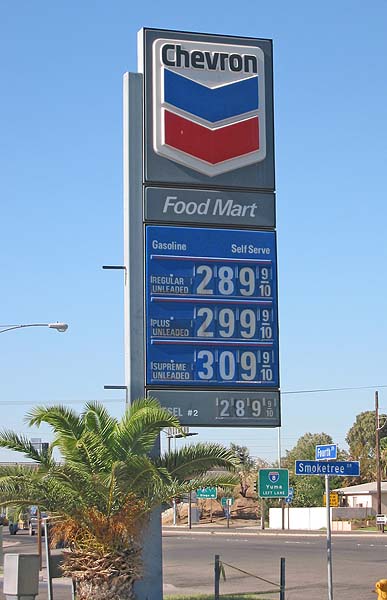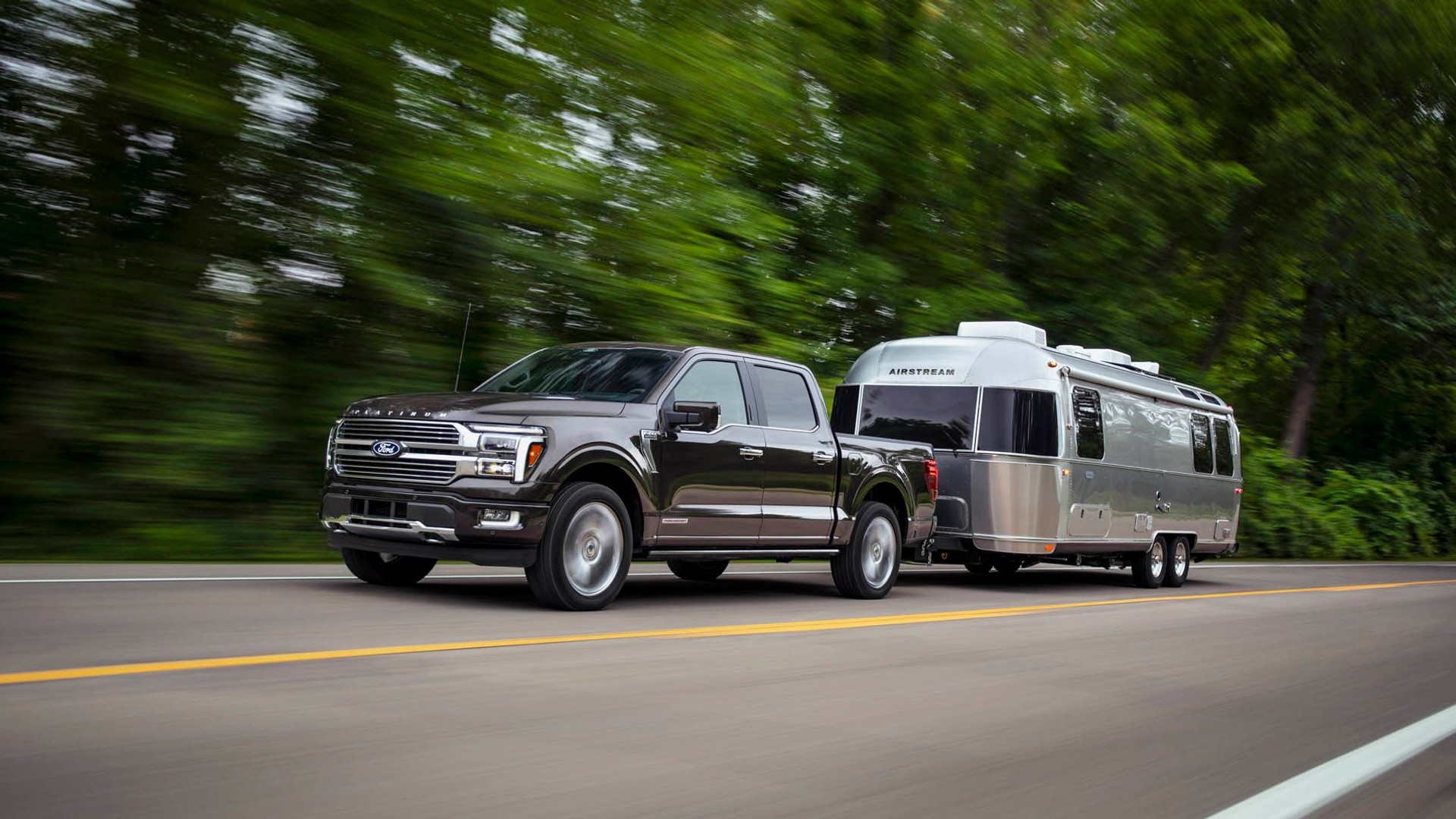It's become an article of faith that, by the magic hand of Adam Smith, when gas prices go up people will drive less.
People believe it, because it's often true. New data from the Department of Energy, though, shows that's not always the case.
Several other factors influence how much people drive, including seasonality, economic growth, demographics, congestion, and how many young drivers are getting their licenses.
DOE stats on changes in vehicle miles traveled vs gas prices
Cross referencing the total miles American drivers travel versus gas prices since 2008 shows some interesting trends.
While there's often a correlation between gas prices and the amount people drive, that link seems to have broken in 2016 and 2017.
As gas prices have continued to rise since the summer of 2016, and rose sharply through the latter half of 2016, Americans have kept driving more and more.
DON'T MISS: Gas prices primed to rise in 2018, highest in four years
When gas prices rose quickly through the end of 2016, more people took to the roads, or made longer trips.
A lot of this corresponds with a time when the overall U.S. economy started shifting into high gear, bringing more jobs, more shopping—more commuting, and more car trips.
As increases in gas prices slowed down, so did America's appetite for driving through the beginning of last year. This may have as much to do with winter weather as with anything.

gas Prices
The last time this happened was in 2010, when gas prices were spiraling beyond many drivers' ability to cope.
It took people a while, often months, to find ways to offset their soaring gas bills—arranging carpools, getting approval to work from home more, or finding new jobs closer to home.
That's a clearer picture from this chart: the frequent lag time between when gas prices change and when people begin to adapt their driving.
The data only goes through the end of 2017, so it's not clear how rising gas prices this winter and spring are affecting Americans' driving.
Gas prices this week are up a tick to an average of $2.68 a gallon, according to the DOE.
It's worth noting that this chart shows gas price increases and decreases, not the raw price. So as the gas price line slopes downward above the zero line, for example, prices are still rising, only more slowly than when it's on an up slope.
CHECK OUT: Gas has to cost $3 a gallon before it affects vehicle choice, study says
Any time both lines are above the axis, gas prices and driving are rising together, and vice versa. A lot of that can be explained by consumer's lagging ability to adapt to rising prices.
As gas prices fall, or increases slow down, though, Americans seem to take very little time to hit the road again.












